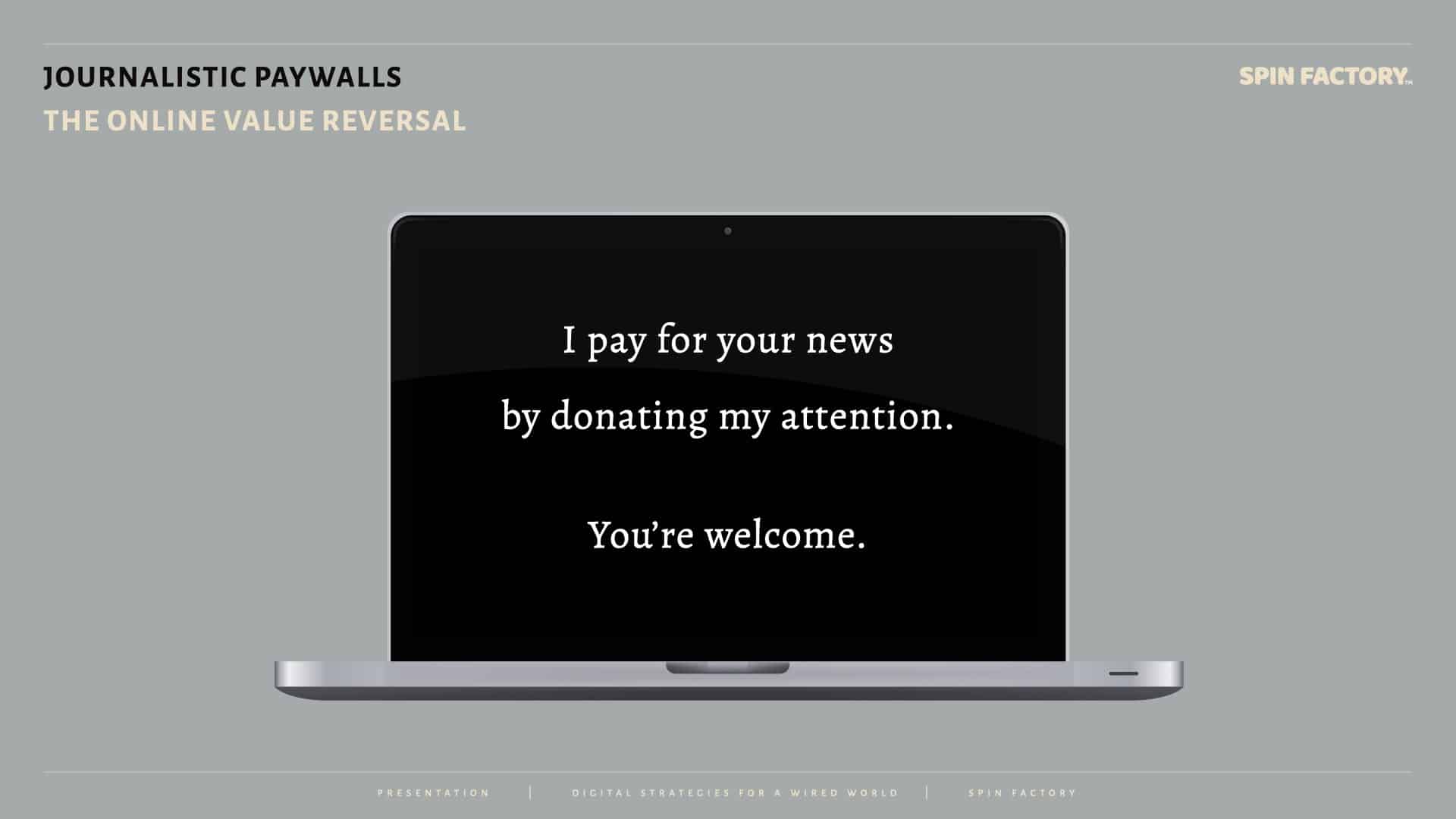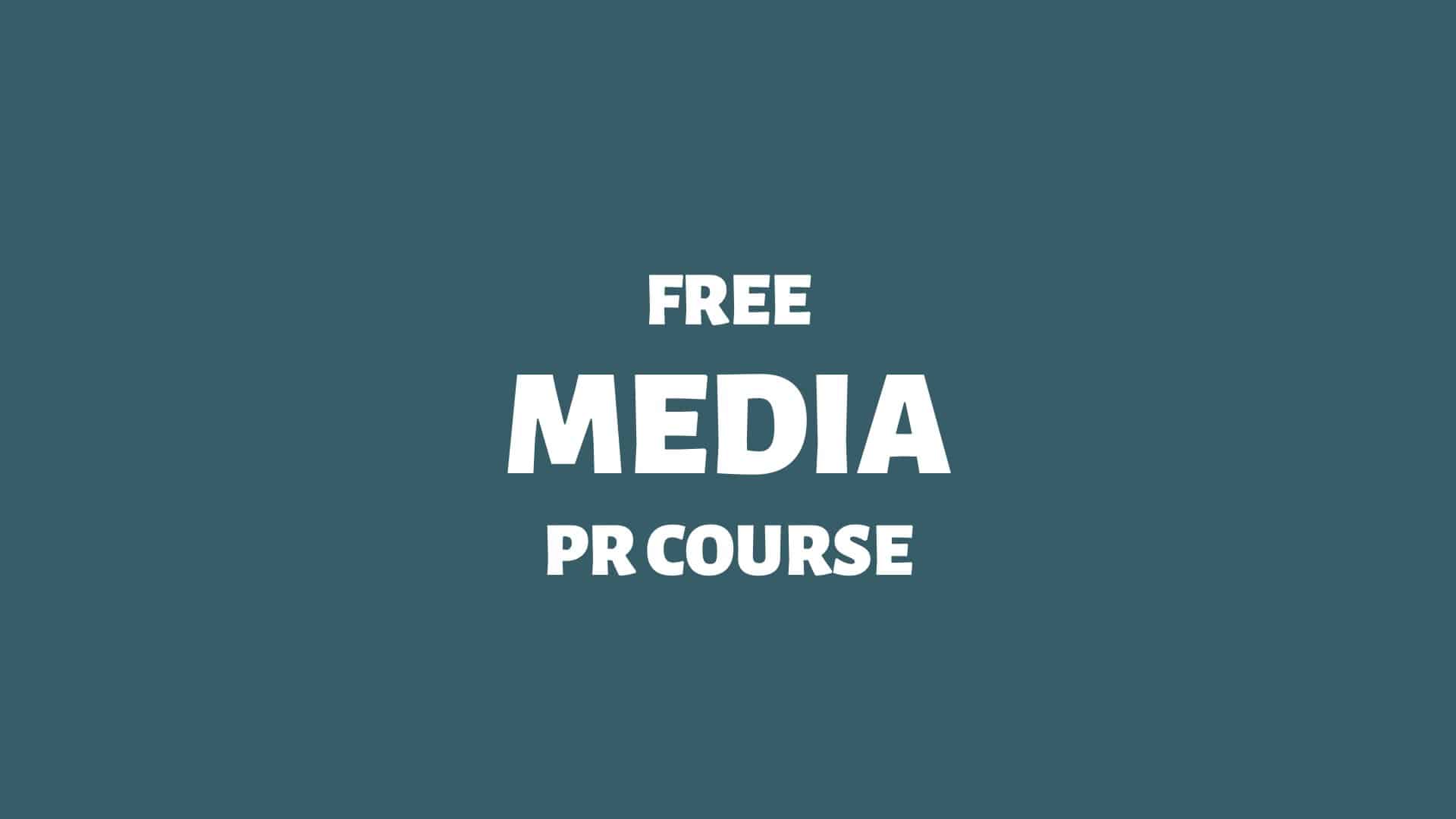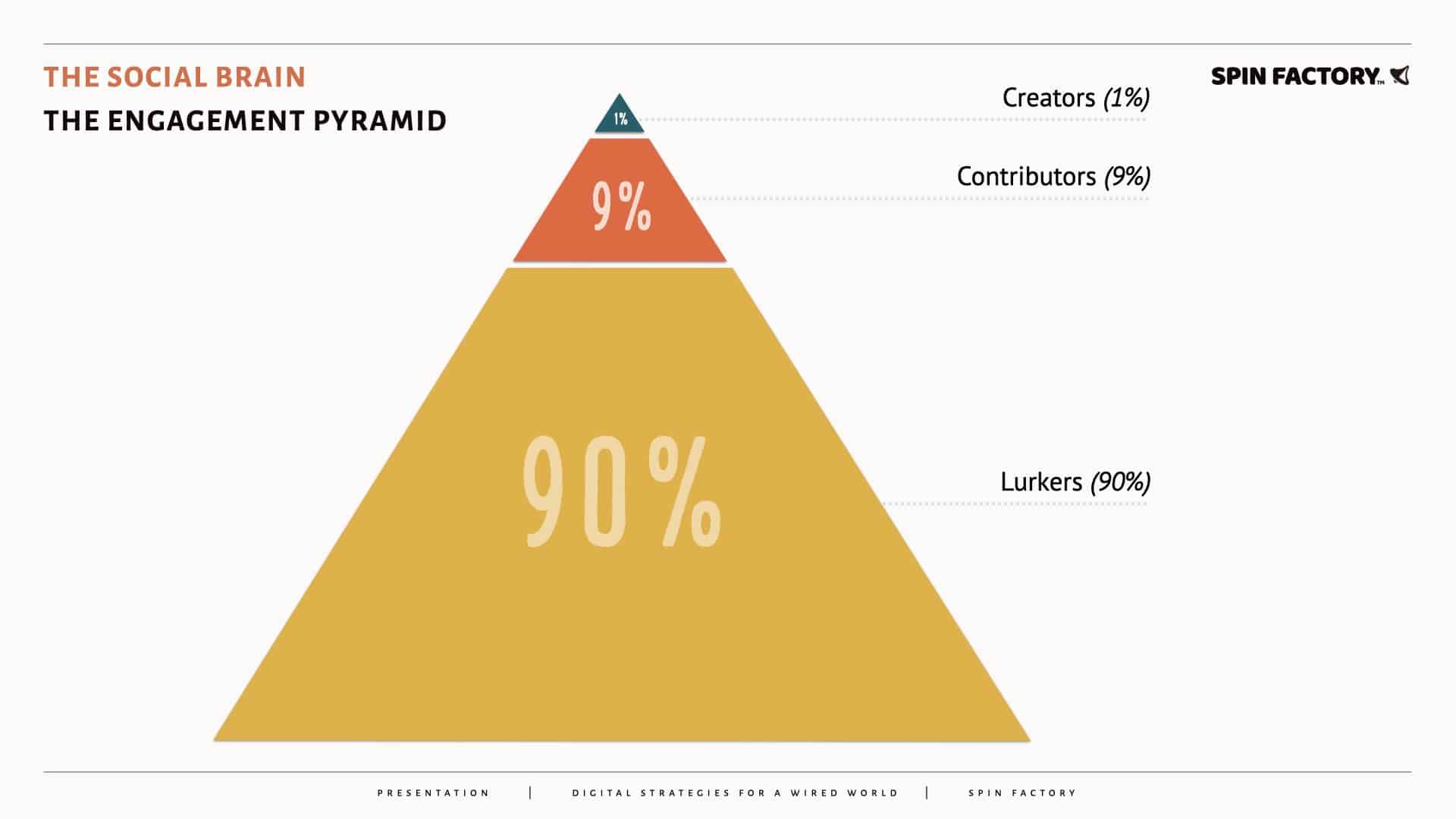Convert news junkies with premium experiences.
As a seasoned PR professional, I depend on keeping up with the news. I would pay for access to a news site… if the news site could give me what I want.
This article will demonstrate just how many ways a news publisher can convert news junkies — without resorting to hiding news journalism behind paywalls.
Here we go:
Why Traditional Paywalls Fail
Many traditional news businesses are struggling.
Their analogue business models are folding while they desperately strive to find digital replacements. The go-to solution for most traditional news businesses are to place their best editorial work behind paywalls.
However, these models aren’t being successful.
And it’s quite obvious why.
It’s the online value reversal where today’s news consumers think differently about news.

Modern news consumers understand that their attention is valuable and that it’s being monetised through advertising and behavioural data trading.
The Business Model of Spotify
The Swedish streaming platform Spotify illustrates the online value reversal perfectly:
While listening to Spotify’s entire music library is free, you must pay for its premium service to eliminate annoying commercial breaks and improve audio quality.
On Spotify, users don’t pay for music.
They pay for a premium experience.
The baseline here is quid pro quo: Spotify must abstain from playing ads for paying customers. That’s non-negotiable.
Traditional news businesses must start thinking the same way. News junkies don’t pay for news the way music lovers don’t pay for music. So, what do they pay for?
Why should I pay twice for news? I’m already donating my attention.
Learn more: How To Convert News Junkies
How To Convert News Junkies
The answer to how to convert news junkies is simple — instead of selling news, traditional news media must start selling premium news experiences.
Examples of Premium-Only Features
What types of premium-only news experiences could potentially attract news junkies?
The value proposition could include some (or all!) of the following features for premium-only news consumers:
And the list goes on.
The point should be clear: None of the premium-only features includes reading paywalled articles.
And there’s more.
Examples of Business-Only Features
Many brands love news. They’re news junkies, too. As a PR professional, I should know. The value of B2B premium subscriptions could be substantial.
Here are a few examples of a better news experience for business accounts:
Learn more: How To Convert News Junkies
The News Junkie
I’m a news junkie.
It’s not weird; I’m a passionate PR professional with over two decades of experience, I’m married to a national news anchor, and I’ve been fascinated by the news for as long as I can remember.
When it comes to news, I’m a content diver.
I’d pay for news if a news outlet offered me a stellar news experience. The news? If it was only about the news, I could always get them in exchange for my attention elsewhere.
When I listen to music, I expect the service provider to let me choose the music I listen to. The same goes for news. In a digital-first world, the editorial gatekeeper function doesn’t add value; it detracts.
I understand this hurts the feelings of news editors everywhere, but their emotional states are theirs alone. I expect my premium news source to have “all the news,” just as my streaming service has “all the music.”
It’s nice if you have fancy analysts, columnists, and writers. But for the actual news, I’d settle for the basics — correctness and objectivity. (Which, by the way, seems to be a tall order in and of itself these days.)
The kicker here is that non-news junkies outnumber us, the real news junkies, ten to one. But it doesn’t matter.
We’re not lurkers (90%), we’re contributors (9%).
Most importantly, at the end of a news cycle, real news junkies are the only ones who are potential converts anyway. And there are enough of us to fuel healthy journalism for everyone.
Learn more: How To Convert News Junkies
The Engagement Pyramid
The 1% rule of online engagement was mainly an urban legend on the internet. However, a peer-reviewed paper from 2014 confirmed the 1% rule of thumb. 1Trevor van Mierlo. (2014). The 1% Rule in Four Digital Health Social Networks: An Observational Study. Journal of Medical Internet Research, 16(2), e33 – e33. … Continue reading
Active publics distribute themselves in a way proven scientifically by sociologists — long before the internet and social media emerged.
The engagement pyramid divides publics into three distinct groups:
When studying internet forums specifically, it’s not uncommon to find that 90% of users have never posted (lurkers), 9% are adding only to existing topics and threads (contributors), and 1% are actively starting new subjects and threads (creators).
The engagement pyramid is sometimes called the 1% rule or the 90−9−1 principle.
“The 90−9−1 principle and Zipf’s Law both effectively classify members in online support groups, with the Zipf distribution accounting for 98.6% of the variance.”
Source: Internet Interventions 2Carron-Arthur, B., Cunningham, J., & Griffiths, K. (2014). Describing the distribution of engagement in an Internet support group by post frequency: A comparison of the 90−9−1 Principle and … Continue reading
Learn more: The Engagement Pyramid (The 90−9−1 Principle)
The Future of Online News
Why are journalists so slow to adapt?
Most news publishers are “homeschooled” in traditional publishing. They haven’t been exposed to high-level online business models in highly competitive areas like e‑commerce, fashion, or enterprise software.
News corporations are not accustomed to giving their readers any influence over their news experience, nor are they willing to grant super-users (“news junkies”) any extra favours. This has got to change.
Online business models seem provocative for most traditional news corporations. They’ve been enjoying the traditional role of having passive news consumers.
They’re unwilling to sacrifice their holiest of cows — their gatekeeper function.

THANKS FOR READING.
Need PR help? Hire me here.

What should you study next?
Spin Academy | Online PR Courses

Spin’s PR School: Free Media PR Course
Elevate your public relations skills with this free Media PR Course—a must-have resource for all aspiring public relations professionals. Boost your career now!
Media Theory
Media Logic
Journalism
Digital Media
Learn more: All Free PR Courses
💡 Subscribe and get a free ebook on how to get better PR.

Annotations
| 1 | Trevor van Mierlo. (2014). The 1% Rule in Four Digital Health Social Networks: An Observational Study. Journal of Medical Internet Research, 16(2), e33 – e33. https://doi.org/10.2196/jmir.2966 |
|---|---|
| 2 | Carron-Arthur, B., Cunningham, J., & Griffiths, K. (2014). Describing the distribution of engagement in an Internet support group by post frequency: A comparison of the 90−9−1 Principle and Zipf’s Law. Internet Interventions, 1, 165 – 168. https://doi.org/10.1016/J.INVENT.2014.09.003 |



